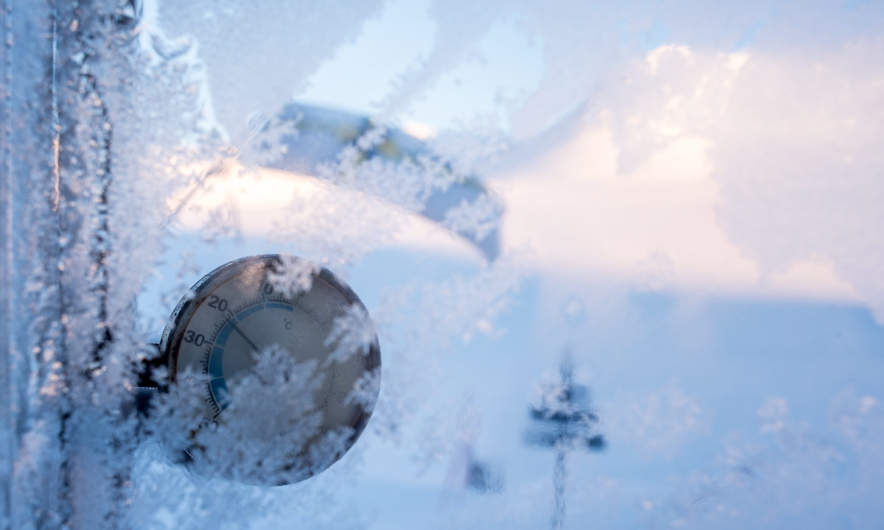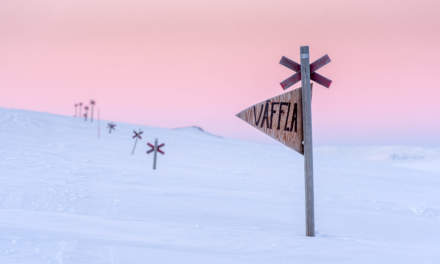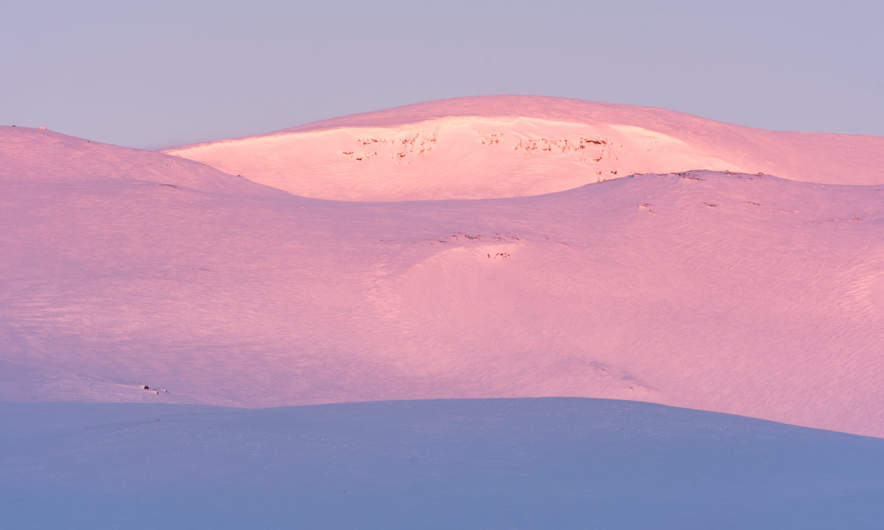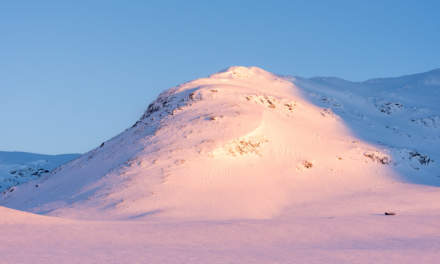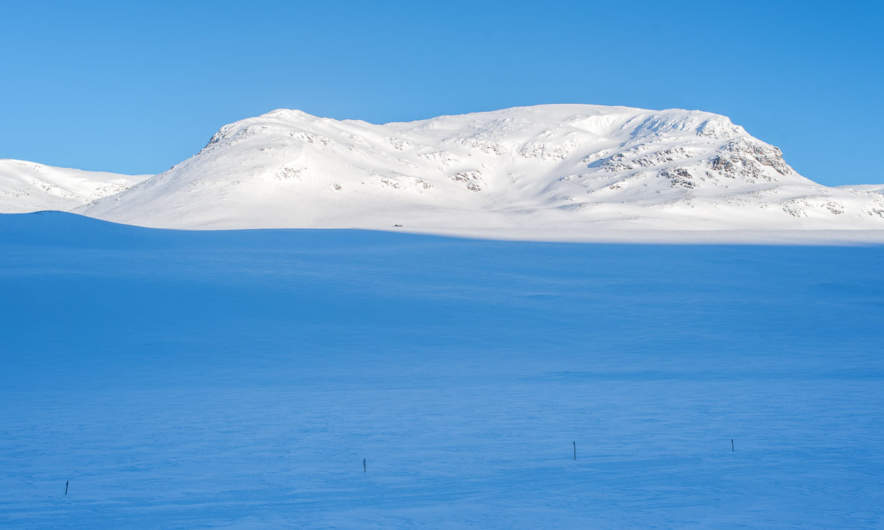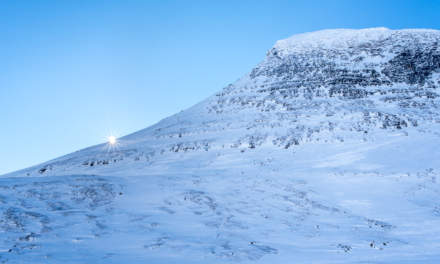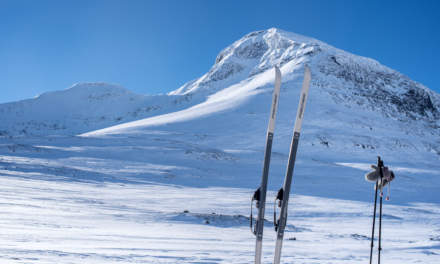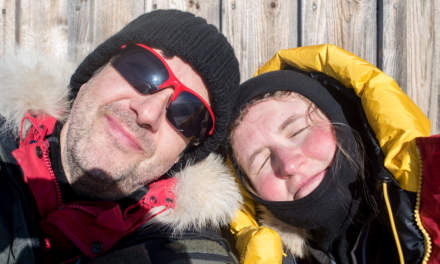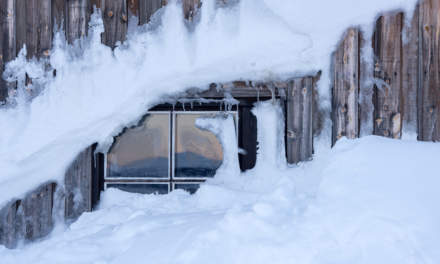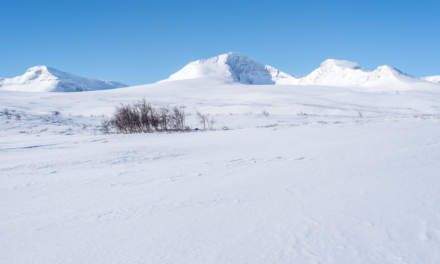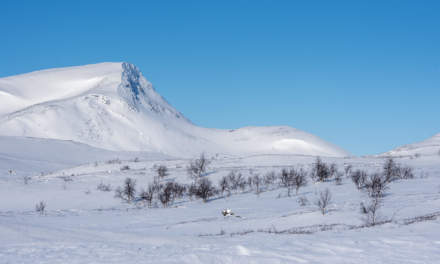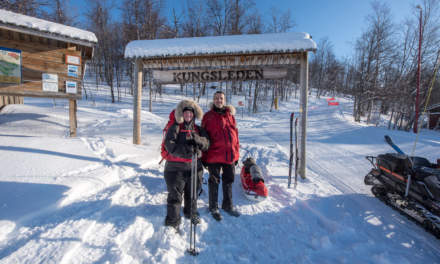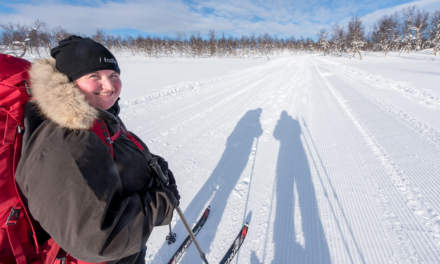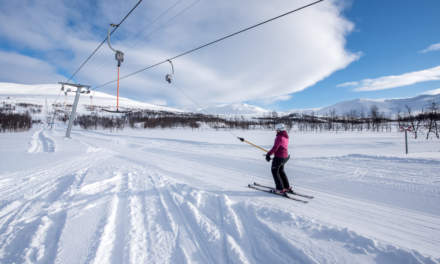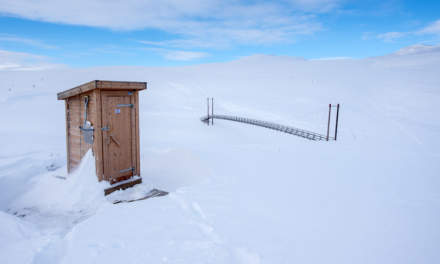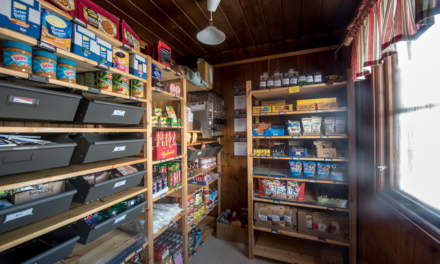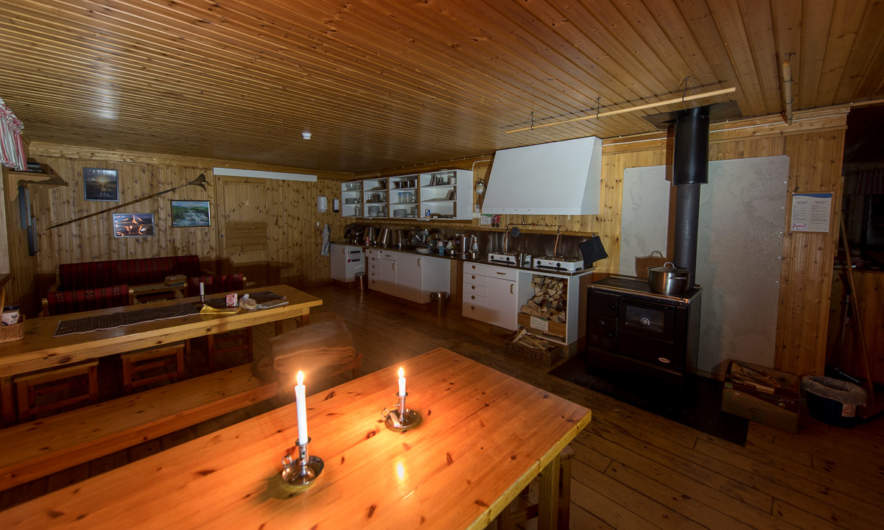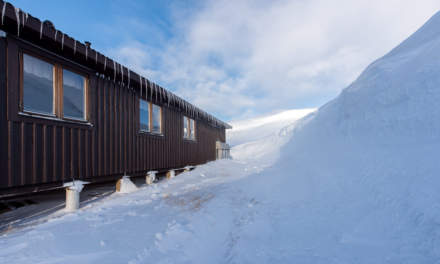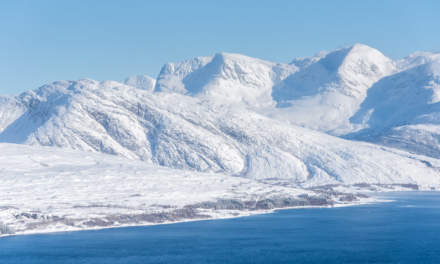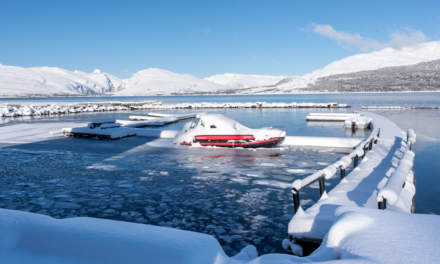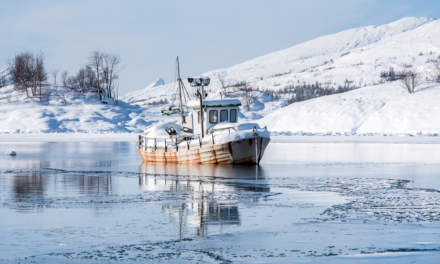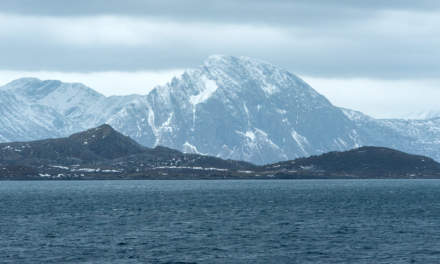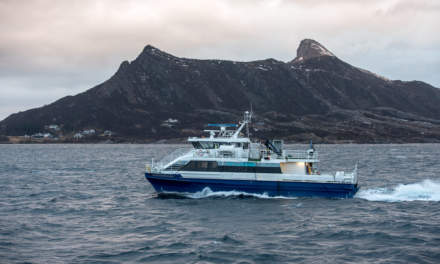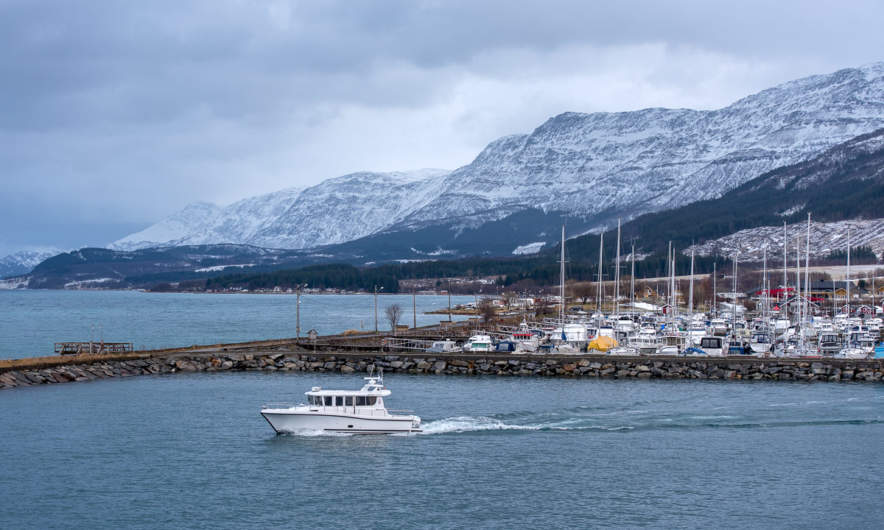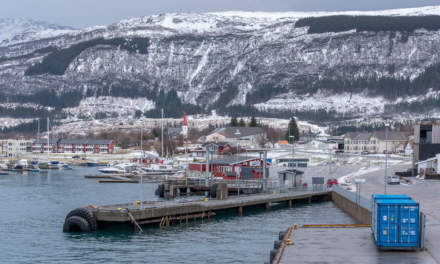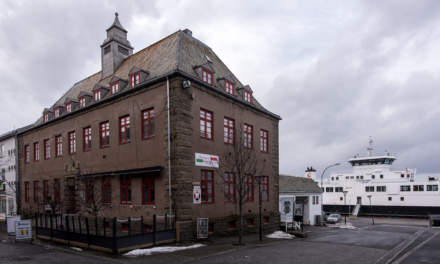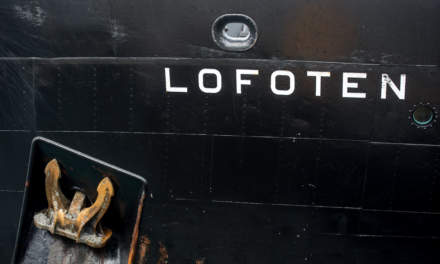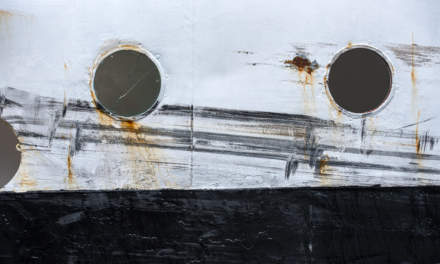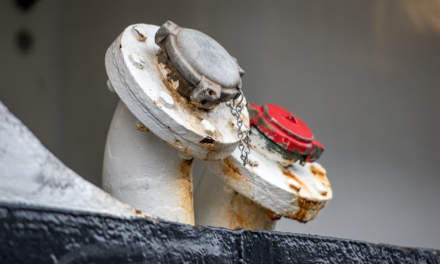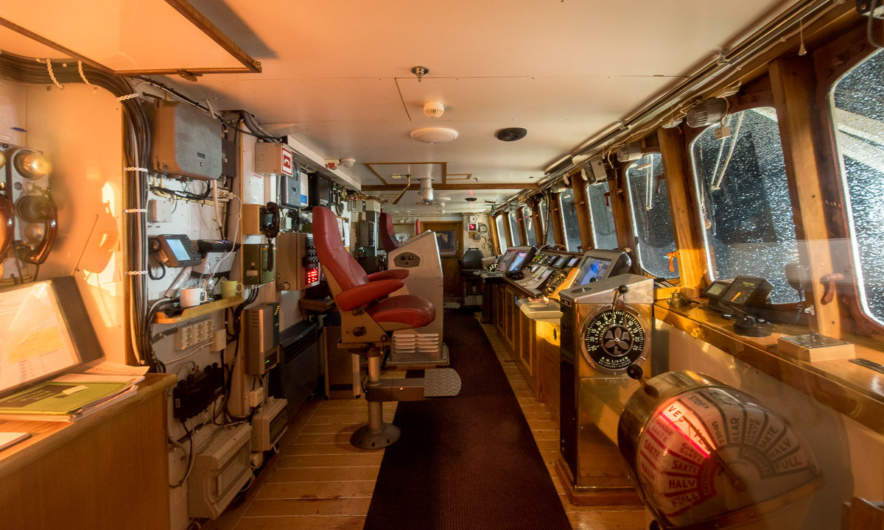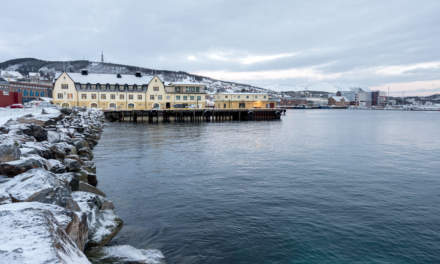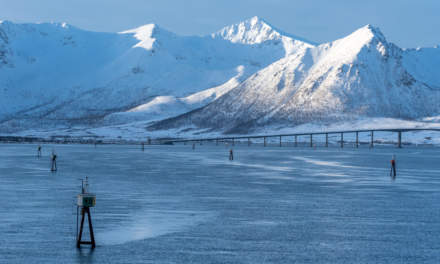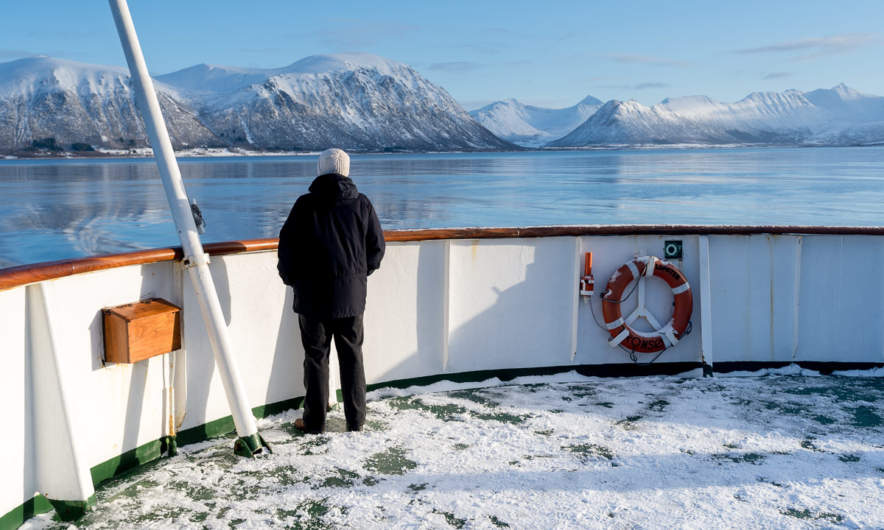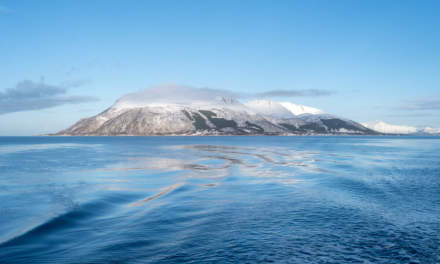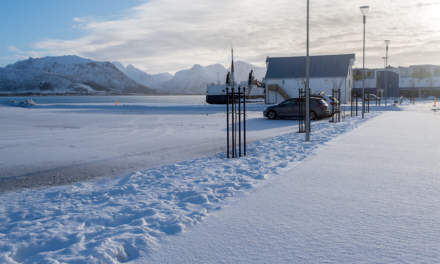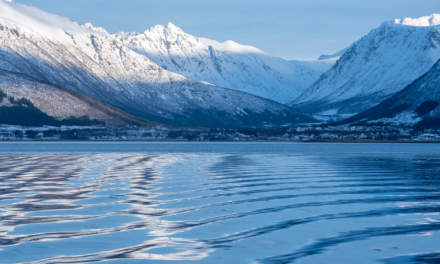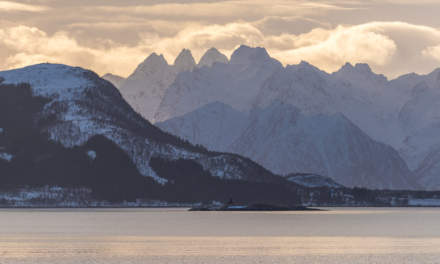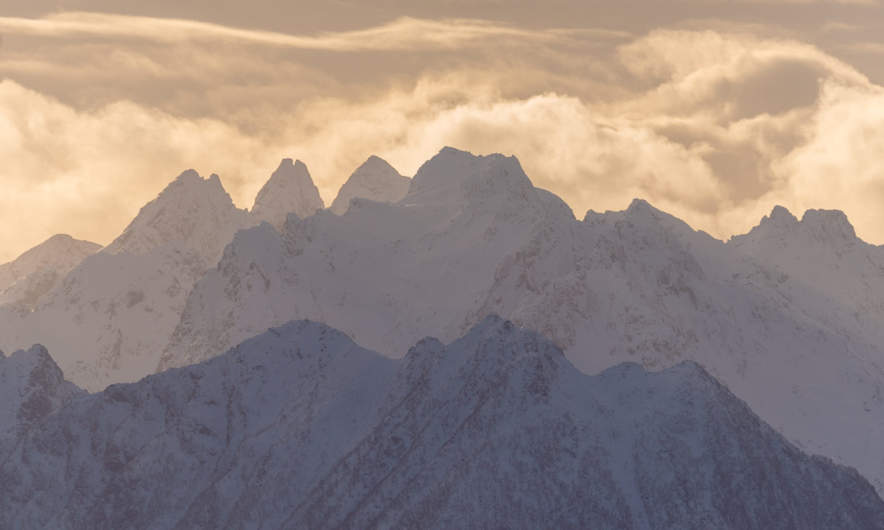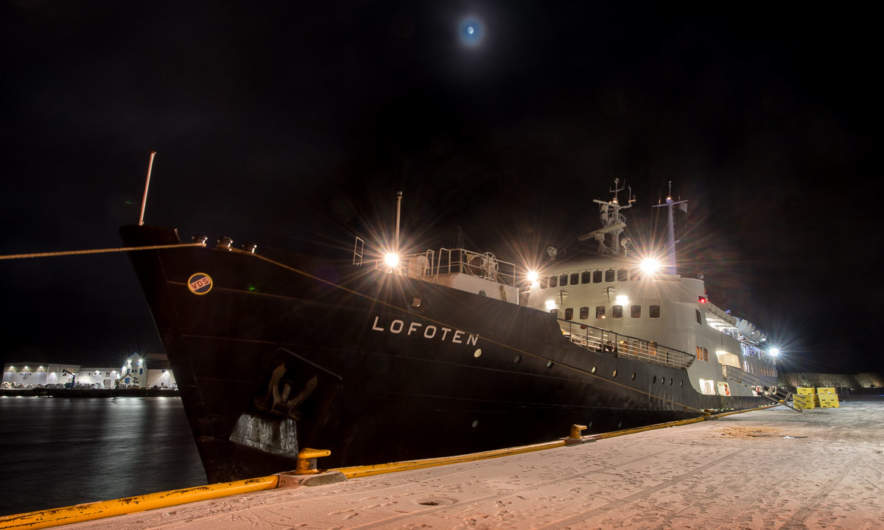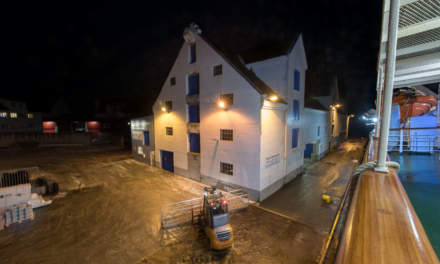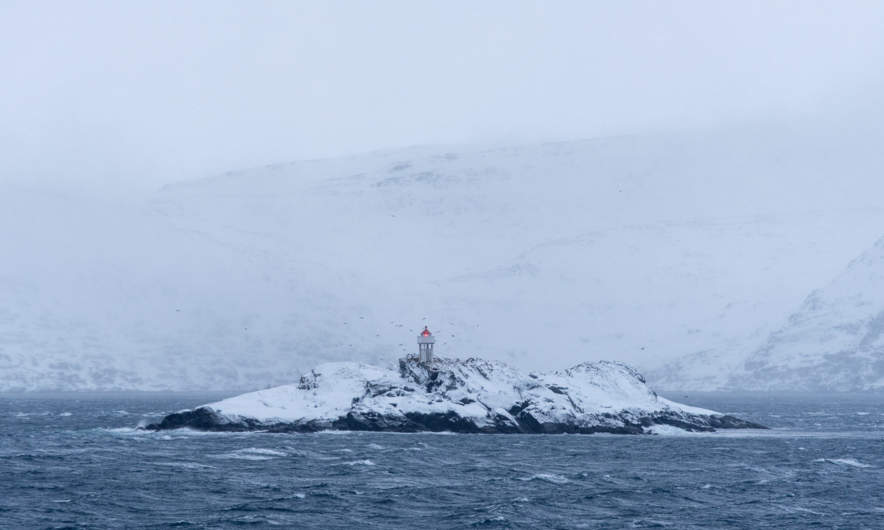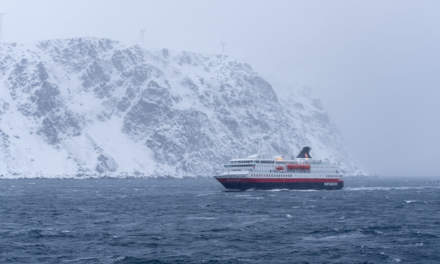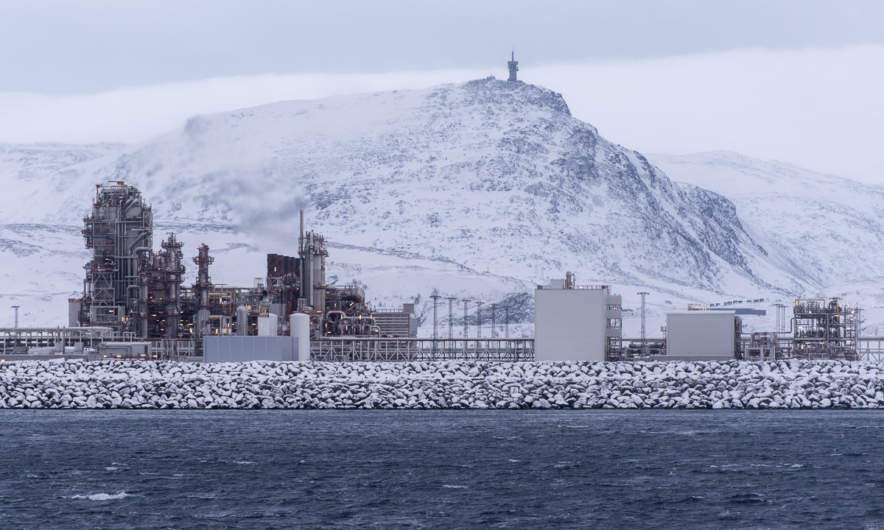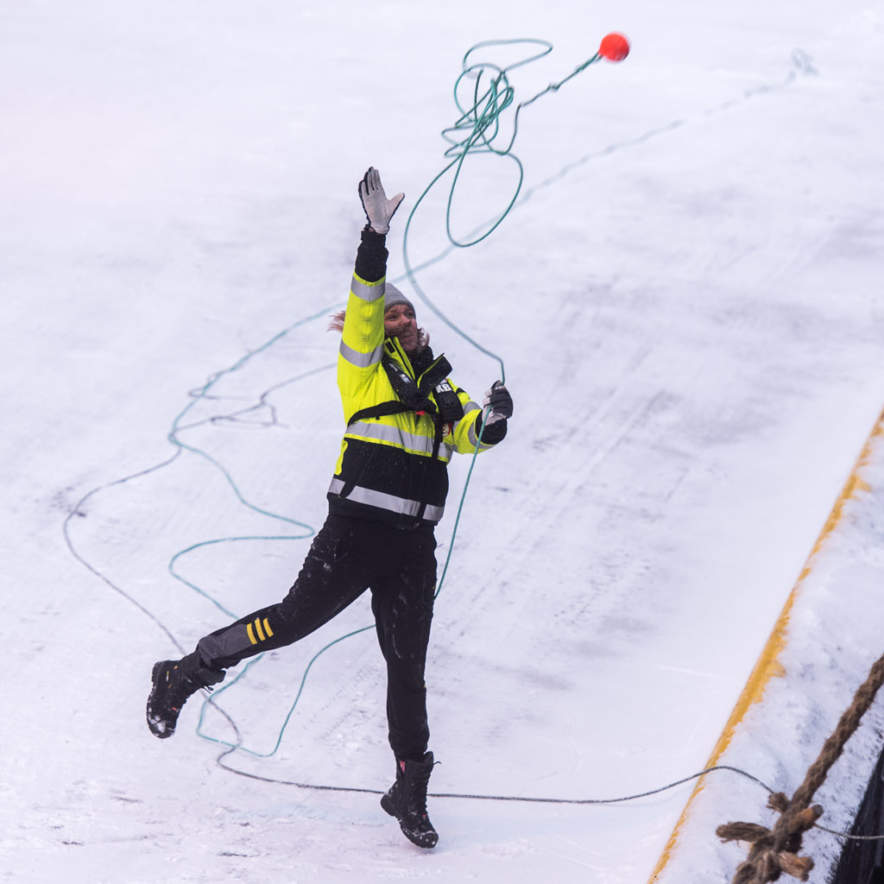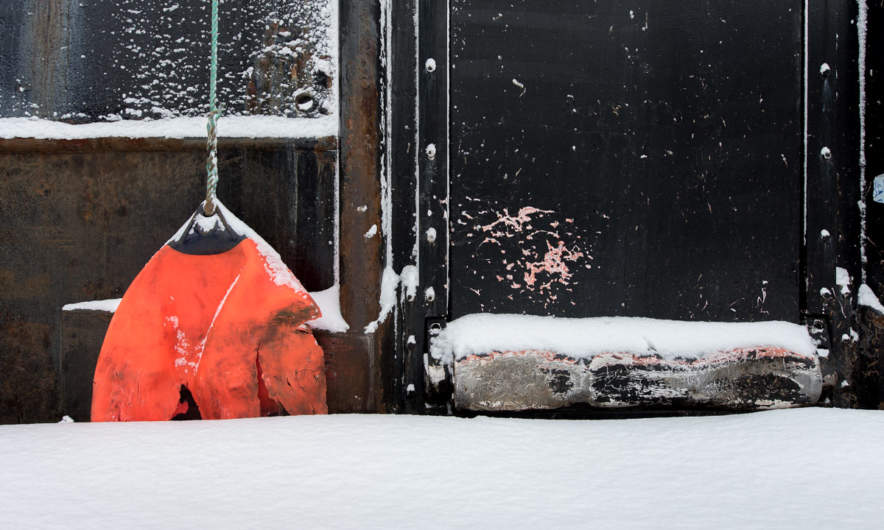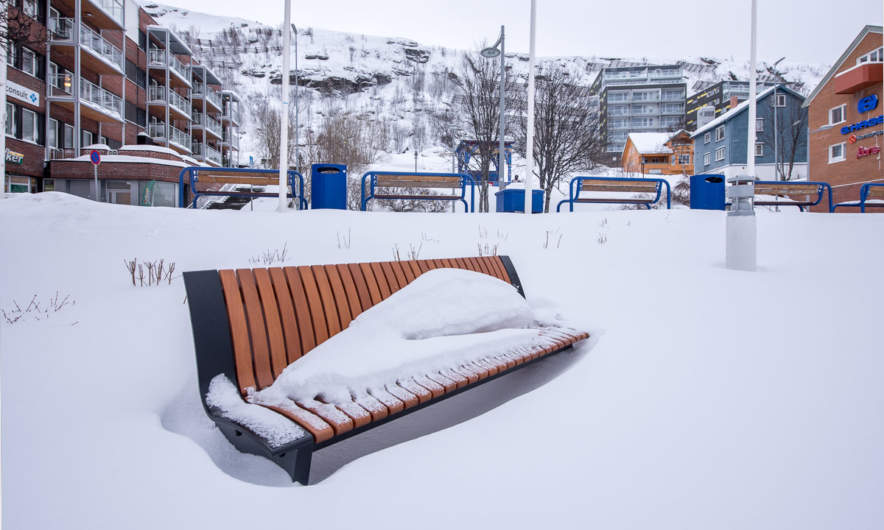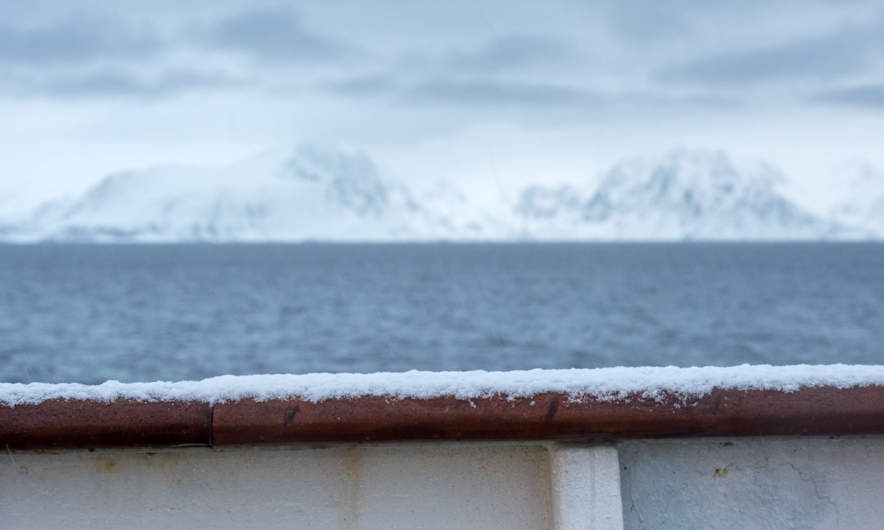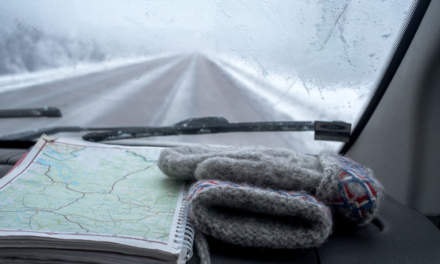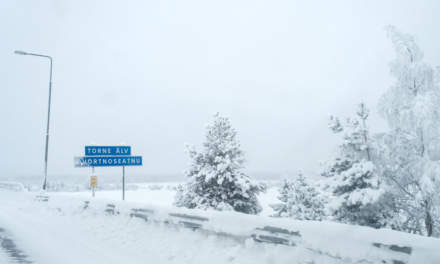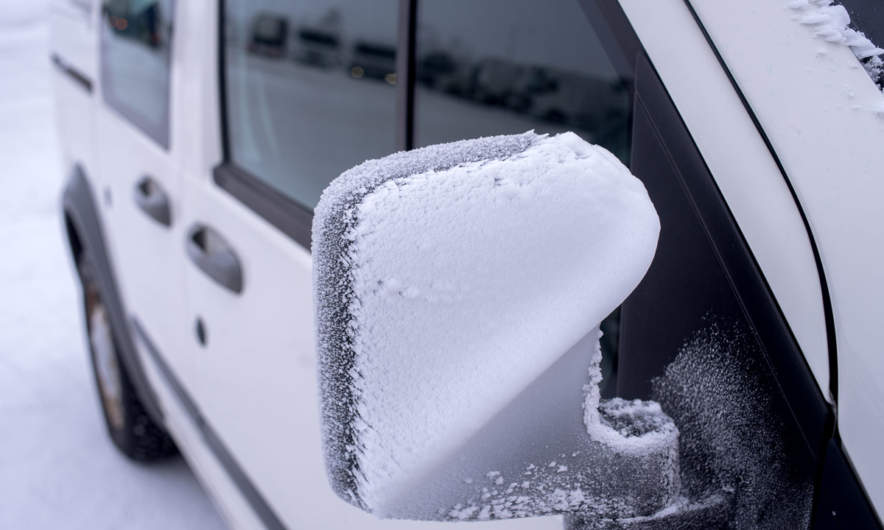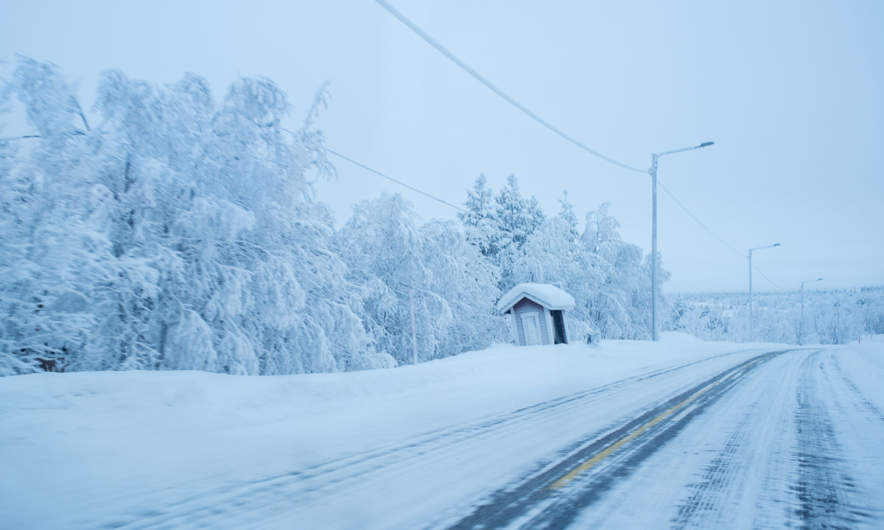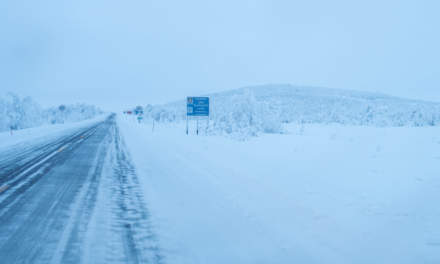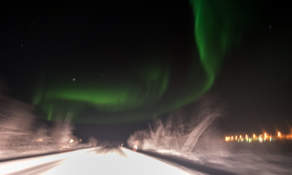Skiing from Viterskalet Fjällstuga to Syter Fjällstuga
This article is part of the series “2019-03: Ski tour Vindelfjällen”.
Monday, 4 March
I wake up early in our four-bed room. Annika and I are in the Viterskalet Mountain Cabin in the Vindelfjällen, part of the Swedish mountains. I get up, take tripod and camera and go out. The temperature in the kitchen has dropped to 7 °C, but that’s almost 30 °C warmer than outside, where it’s -22 °C according to the outdoor thermometers at the windows.
I love it when the rising sun colours the snowy mountains in purple, pink, orange and yellow until it stands so high, that the snow looks white.
At ten o’click we start our tour: 12 or 13 km to Syter Fjällstuga, the next mountain cabin. We follow the winter trail that slowly bends eastwards into the valley Syterskalet.
Here we walk in the shadow of the mountains. First it’s a nameless top (1603 m), then the Södra Sytertoppen (1685 m) that blocks the sun. Round a kilometre before the emergency cots– also named Syterskalet – we leave the shadow and walk into bright sunlight. We take a break at Syterskalet, both for eating and drinking and for attaching the climbing skins to our skis.
After the rest we have to climb a bit, round 100 metres in altitude. That’s why we mounted the climbing skins. With them the ascend is easier than expected.
When we reach the peak I remove the skins. Although I’m a lousy downhill skier I want to try anyway. The terrain is difficult for me, because parts of it are icy and others are hardly covered with snow. With large bends and a bit of luck I manage to ski downhill the slope. Annika skis downhill with climbing skins that slow down her skis. Because of that she can use the snowmobile tracks that are to steep for me. We meet at the chain bridge over the stream or Svärfarbäcken. The Syter Mountain Cabin is on the other side. We don’t have to use the bridge to cross the stream, it is completely frozen. There’s only a marked hole in the ice for fetching drinking water.
We arrive at the cabin and the stugvärd – the host – welcomes us with hot juice; a nice tradition on the mountain cabins. We realise that we met before in Nallo, a small cozy cabin in August 2017, when we took a day off.
We get a cozy room with a bunk bed and take it easy the rest of the day.
Of course I have to go to the toilet again in the night and the sky is as starry as the night before. I made some photos and due to the long exposure you even can see polar lights on the photos. These polar lights however were hardly visible to the naked eye.
Tuesday, 5 March
Today we are going to take a day off and stay at the Syter Fjällstuga. I’m an early bird and get up before sunrise. Again it’s -22 °C and the temperature will not rise above -15 °C for the whole day.
After a breakfast (we have crisp bread, butter and cheese plus hot cocoa) we start a small day trip on skis. We want to go up the slopes north from Syter. It is fun to go without pulka. Flocks of ptarmigans (snow grouses) are overall. First you hear them, then you can see them as white spots. If you come closer they fly away and you realise that you hardly spotted half of them.
Today we do not follow any marks, we make our own tracks. The tour is shorter than expected. Annika still has climbing skins under the skis and does not have any problem with the many icy patches on the slope, but I have. Instead of descending any further we turn right and make our way to the Kungsleden that continues to the northeast. Here we ski back to the cabin.
The rest of the day we stay in and round the cabin. It’s awesome to ski through the incredible beautiful winter landscapes but it’s just as great to meet interesting people.
- Stugvärd G. with whom we talk a lot. She travelled a lot in the whole world.
- Myra de Rooy, who is going to go the 440 km to Abisko, the first week with a friend. She writes books, mostly about her adventures in Tibet and Nepal.
- the man who temporary helps with the cabin. He seems to know every path and every rock of the Vindelfjällen, where we are.
Annika realised that today is fettisdagen, the day in the year where the Swedes eat en semla, a barm filled with marzipan and cream. And right – the man mentioned above prepares semlor for him and his family. We are invited to take one and gladly accept. The rest of the day is a lot of talking, resting, eating and Annika making pancakes. But we even start to pack our things. Tomorrow we are going to Umasjö and that’s 22 km to go. We want to get up at 6 o’clock to start the tour as early as possible.
The last photo shows a typical situation in the Swedish mountains in wintertime: Sitting on the loo. It is dark, so you need a headlight to go there. It is cold (-23 °C), so you need a warm jacket, too. You think, that’s uncomfortable? Then you never tented in wintertime where you long for such a utedass (the Swedish word for this type of outdoor toilet).
